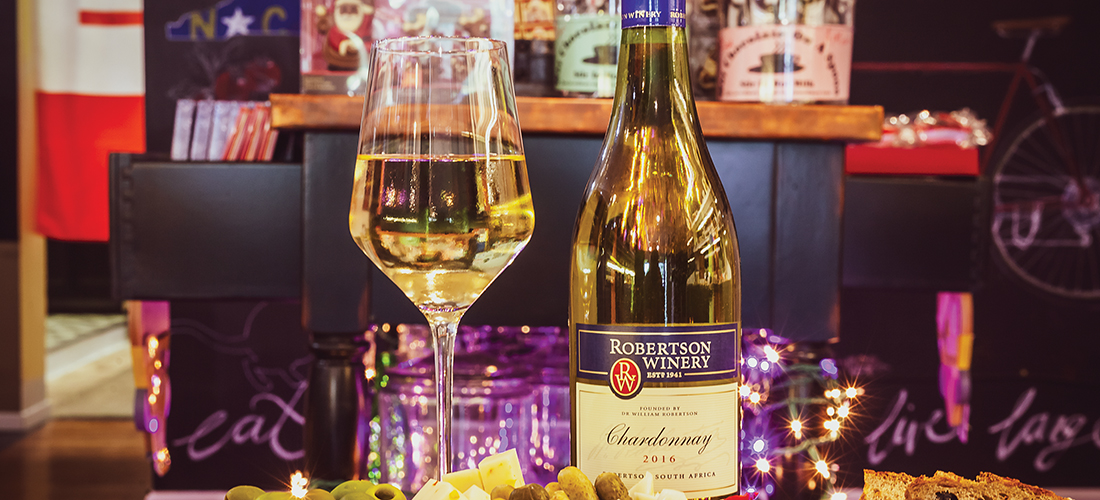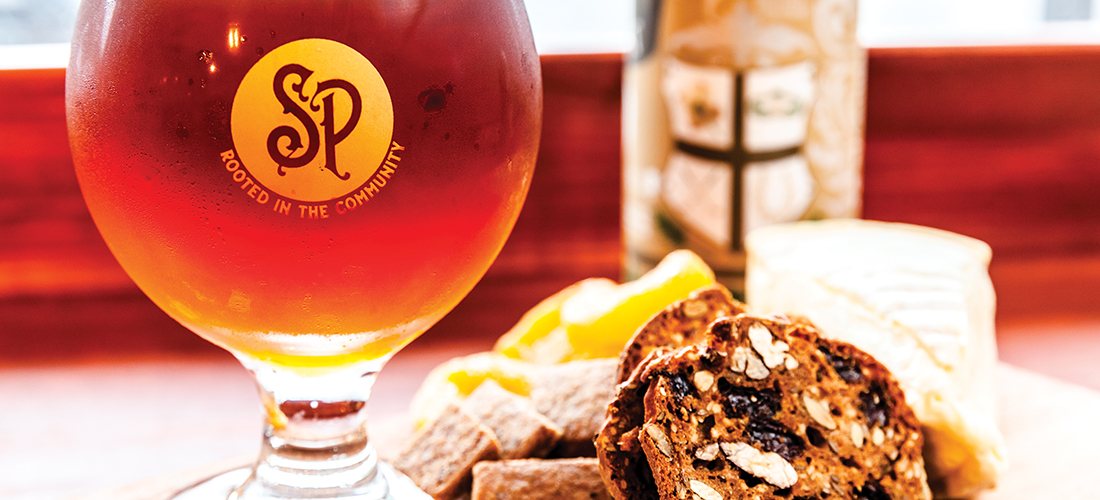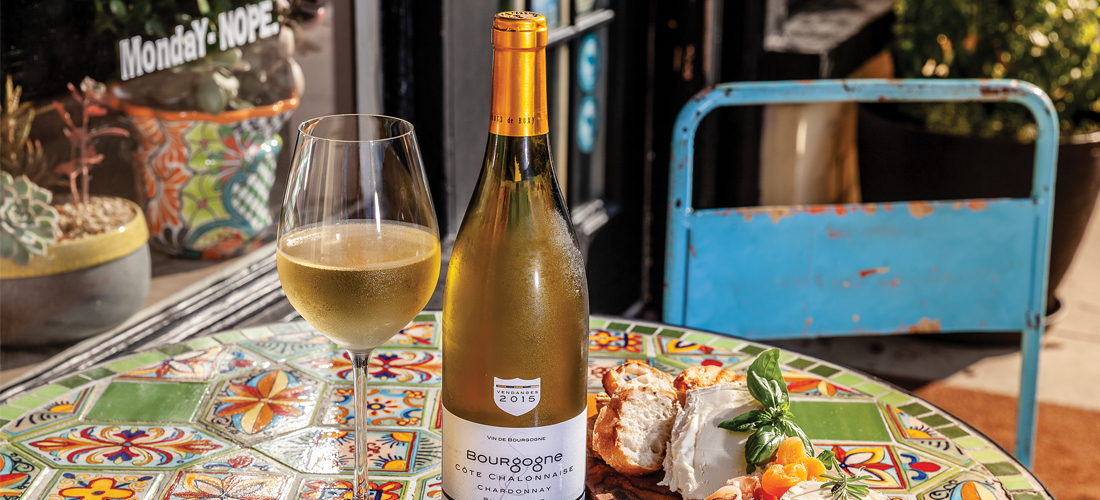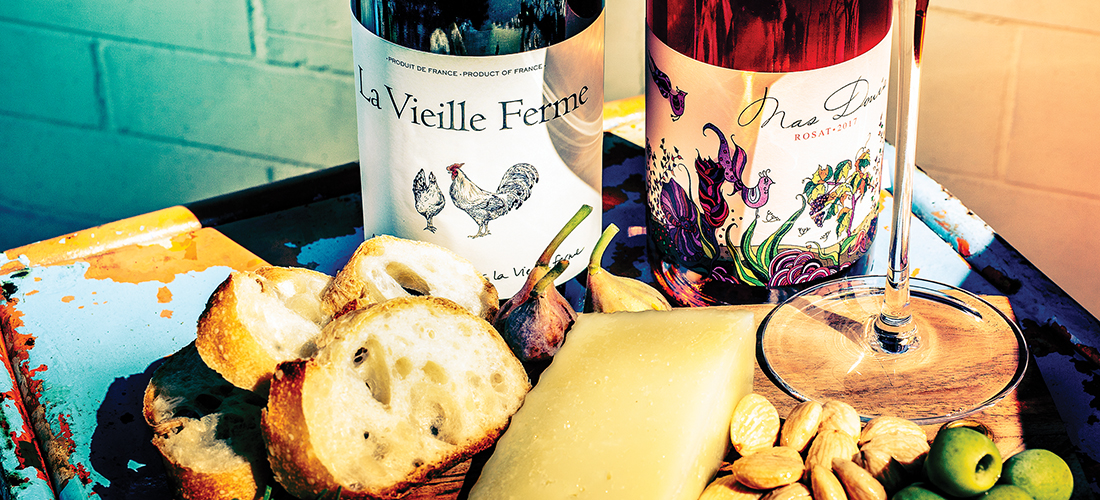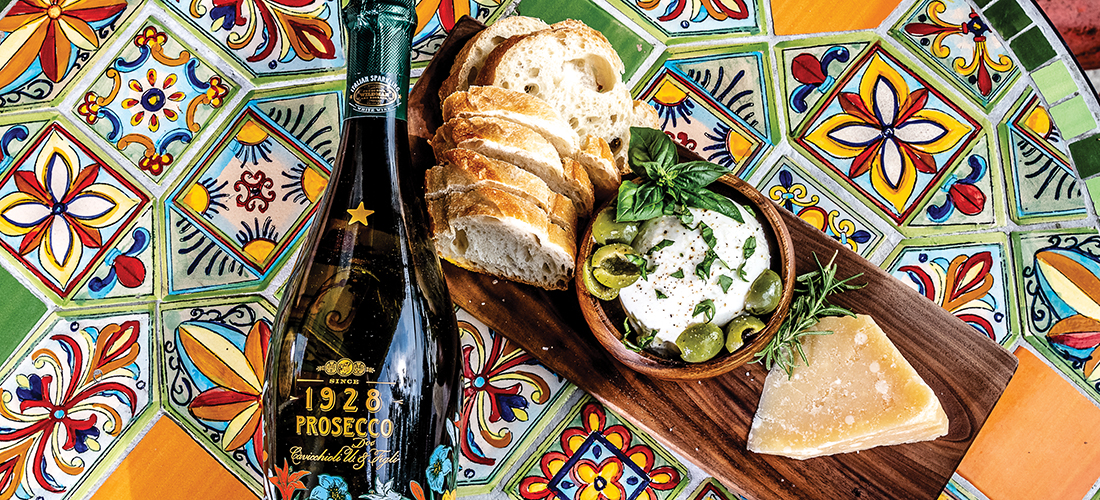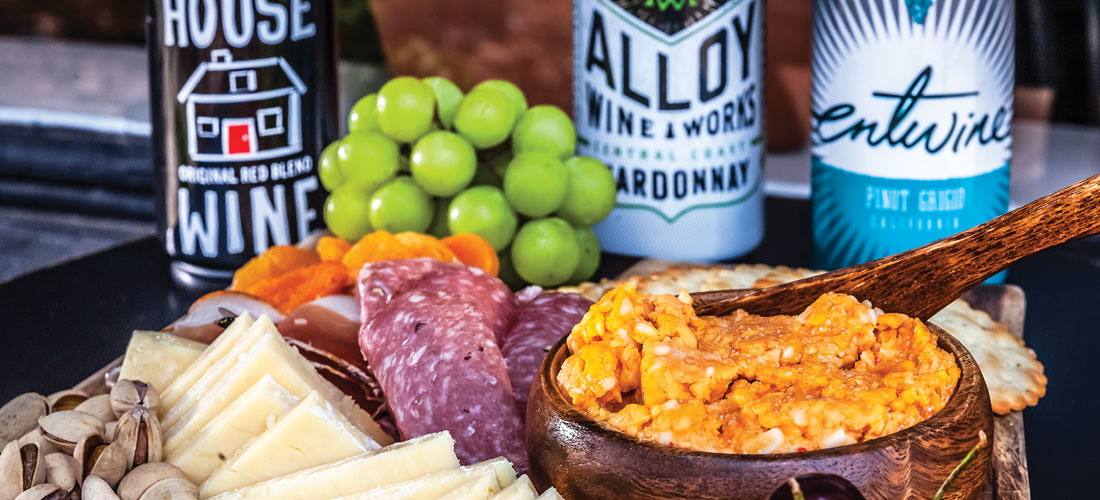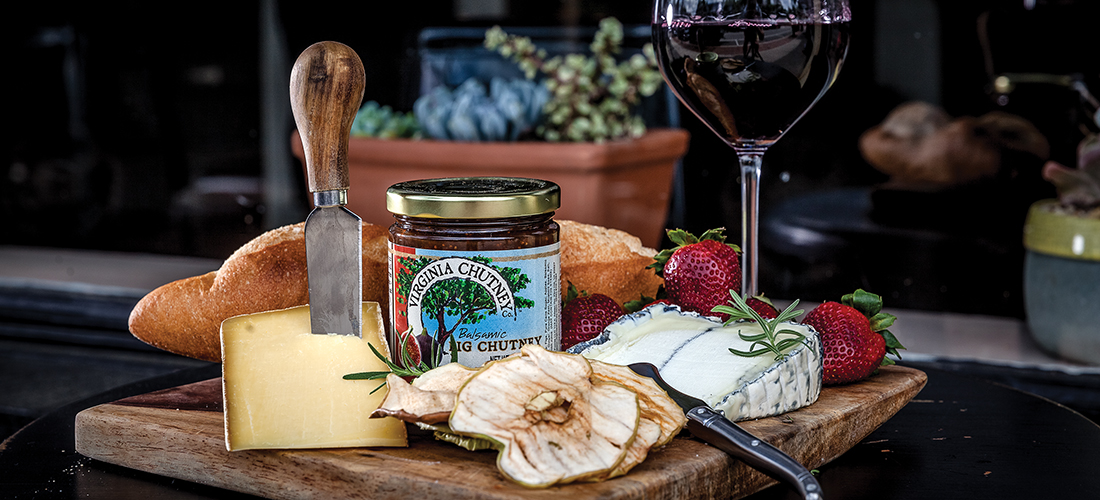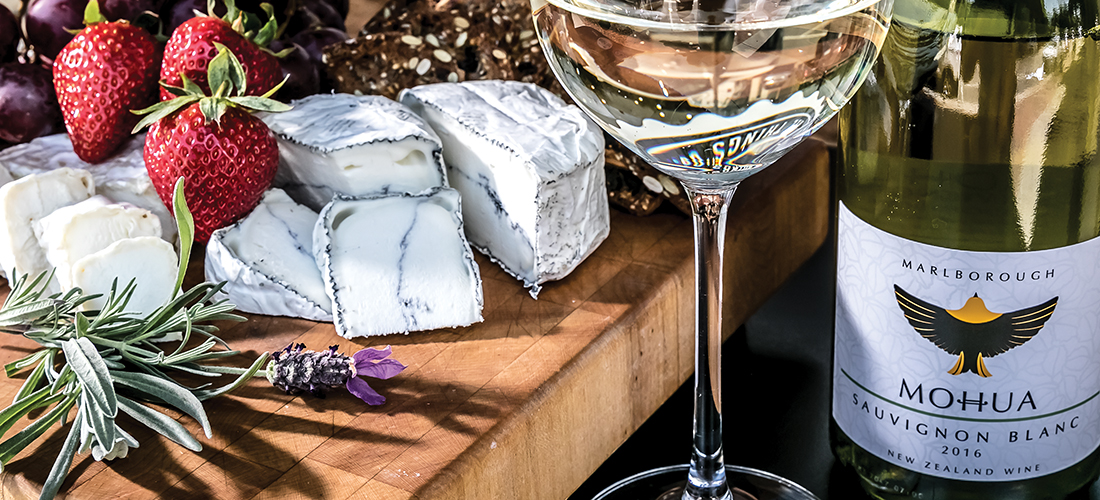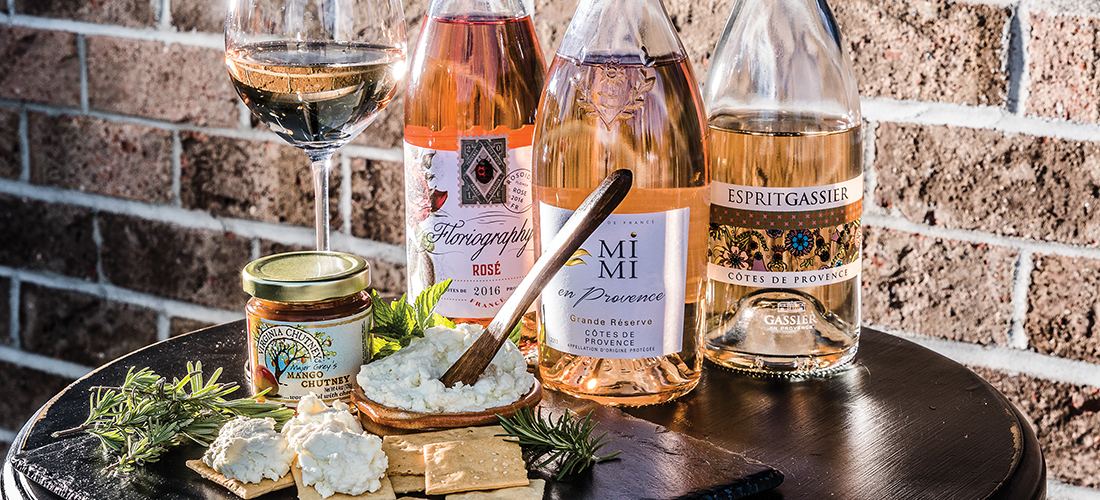Holiday Pairs
The best of the best at Christmas
By Angela Sanchez
The Christmas season is a cornucopia of traditions, great and small, and food and wine are among them. Children learn to leave cookies out for Santa as soon as they can walk. Revelers have been buying, making and drinking eggnog for hundreds of years. For my family, it’s wine and cheese on Christmas Eve.
When pairing wine with cheese or a dish, I find it is much easier to pick the food first. A cheese tray is one of the easiest and best ways to start a meal. Building a tray is an activity you can share with others — one person slicing cheese while someone else cuts salami or drains a container of olives or pickles — all the while enjoying one another’s company. In our family I choose the cheeses, meats and other accompaniments. My mom picks her favorite platter and together we slice the cheese and meats. My brother and nephew decide which jams or chutneys work best with the cheeses and which mustards bring out the flavor of the meats. One of our favorite soft choices is Lenora, a bloomy rind, soft Spanish goat cheese. For a classic cheddar I like Beecher’s Flagship Cheddar from Seattle. Both of these pair well with a nice fig spread. Our blue cheese this year is the “king of blues,” Stilton. Only six producers are allowed to produce Stilton in England, a traditional style of blue. A local friend of ours makes Miss Kelly’s Jelly Christmas Jam. It’s bright with a little acidity and allspice notes and goes well with the rich, robust punch of Stilton. For something special add Red Lion, a young English cheddar that has whole-grain horseradish mustard and Welsh brown ale added. Bold and full of flavor, it pairs well with all types of charcuterie, from speck (smoked prosciutto) to salami Milano with white wine and black pepper.
Now that we know the cheeses, the wines are much easier, and will accompany the meal itself. Because it is Christmas, I lean toward the best of the best. This year for white wine, we will be drinking Southern Right Sauvignon Blanc from Walker Bay in South Africa. It’s clean and crisp with tropical notes and a flinty finish and is great with soft cheese, hard cheese and seafood appetizers. My rosé preference is Italy’s Dama Rosé of Montepulciano, a deep pink rosé with a rich berry and cherry palate — perfect for all cheeses, balancing the spicy bite of Red Lion and the richness of cream-based dishes like casseroles and au gratins. For red, my choice is a bold cabernet from Angulo Innocenti, a rustic, Old World-style cab, from La Consulta, Mendoza, Argentina. The high elevation and cool nights of the Andes Mountains growing region produce a beautifully balanced cabernet with ripe briar fruit, tobacco and leather notes. It’s a natural to pair with prime rib. For our sparkling wine, we’ll be drinking Champagne. It is Christmas after all. Taittinger Brût La Française from Reims Champagne, France, is a classic, traditional negotiant style Champagne that is 40 percent chardonnay, 35 percent pinot noir and 25 percent pinot meunier. Elegant, round and with a structured backbone, it can carry all cheese pairings and is perfect with chocolate desserts and cream pies.
There is always time to try something new, but at Christmas keep it traditional. The time with friends and family is the best tradition of all. PS
Angela Sanchez owns Southern Whey, a cheese-centric specialty food store in Southern Pines, with her husband, Chris Abbey. She was in the wine industry for 20 years and was lucky enough to travel the world drinking wine and eating cheese.

